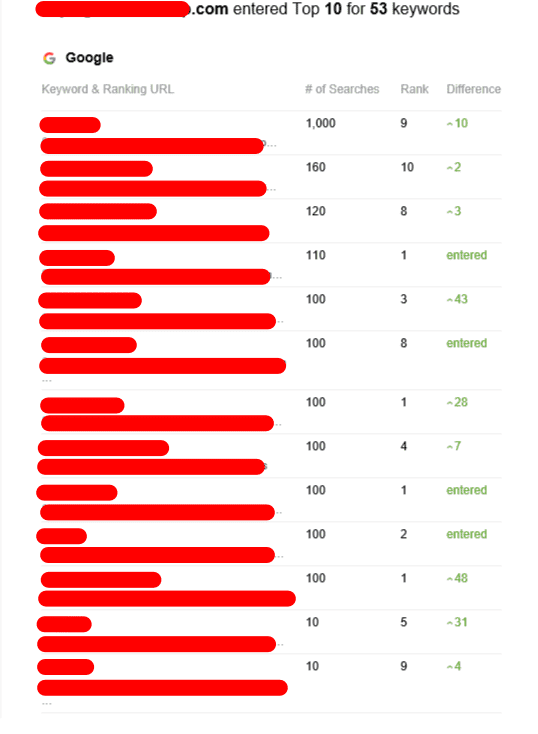In the ever-evolving landscape of digital marketing, influencer marketing has emerged as a powerful strategy for brands looking to enhance their reach and engagement. This comprehensive guide delves into the intricacies of influencer marketing, its benefits, implementation strategies, and FAQs to provide a thorough understanding of this vital marketing approach.
Influencer marketing involves collaborating with individuals who have a significant following and influence within a specific niche on social media. These influencers can sway consumer perceptions and purchasing decisions through authentic content, making them valuable partners for brands. Unlike traditional advertising, which often comes off as promotional, influencer marketing seeks to create genuine connections between consumers and brands.
Before delving deeper, it’s essential to understand some key terms commonly associated with influencer marketing:
| Term | Description |
|---|---|
| Influencer | A person with the power to affect the purchasing decisions of others due to their authority, knowledge, position, or relationship with their audience. |
| Engagement Rate | A metric that measures audience interaction with content, often represented as likes, shares, comments, and follows. |
| Brand Ambassador | A person, typically an influencer, who represents a brand in a positive light, helping to promote its products or services. |
| Sponsored Content | Content created by an influencer that promotes a brand or product, often in exchange for compensation. |
Influencer marketing offers several advantages for businesses, making it an attractive option for investment. Some of the key benefits include:
Increased Brand Awareness: Collaborating with influencers allows brands to tap into new audiences and enhance their visibility across various platforms.
Enhanced Credibility: Influencers generally cultivate trust within their communities. When they endorse a product, it lends authenticity, making potential customers more likely to engage.
Targeted Reach: Brands can choose influencers whose audience aligns with their target demographic, ensuring their message reaches the right people.
Higher Conversion Rates: Due to the longevity of influencer relationships and authenticity, the conversion rates from influencer marketing campaigns are often higher than traditional advertising methods.
Content Creation: Influencers are skilled content creators. Collaborating with them not only promotes a brand but also generates high-quality promotional content for the brand’s marketing efforts.
The influencer space is diverse, and brands can choose collaborators based on their goals and target audience. Below is a classification of different types of influencers:
Nano-influencers: Typically have fewer than 1,000 followers. They tend to have a highly engaged audience and can drive niche market results.

Micro-influencers: dallaspoldrack With followers ranging from 1,000 to 100,000, these influencers have specialized expertise and a committed follower base.
Macro-influencers: These influencers have between 100,000 and 1 million followers. They offer a balance of reach and engagement.
Mega-influencers: With more than 1 million followers, mega-influencers often include celebrities and public figures. Their broad reach can deliver substantial brand awareness.
Creating a successful influencer marketing strategy requires careful planning and execution. Here are the essential steps to consider when developing your campaign:
Determine what you want to achieve through influencer marketing. Common objectives include:
Understanding your audience will help in selecting the right influencers and crafting relevant messaging. Create buyer personas based on demographics, interests, and online behavior.
Select influencers who align with your brand values and whose audience matches your target demographic. Leverage tools and platforms to assess potential influencers’ reach, engagement rates, and previous collaborations.
Work collaboratively with influencers to create content that promotes your brand authentically. This can include sponsored posts, unboxing videos, and product reviews tailored to their audience.
Evaluate your campaign’s performance using metrics such as engagement rate, click-through rate, and conversion rate. Adjust your approach based on insights gained from analytics.
To illustrate the effectiveness of influencer marketing, consider the following case studies:
Daniel Wellington: This watch brand successfully leveraged micro-influencers through Instagram, inviting them to showcase personalized watch styles. This strategy led to nationwide recognition and a significant increase in sales.
Glossier: Skincare and beauty brand Glossier built its empire on influencer endorsements. By encouraging customers to share their content using specific hashtags, they created a community-driven marketing approach.
Nike: In a campaign featuring athletes and fitness influencers, Nike successfully emphasized its commitment to empowering people through sports, generating buzz and community engagement.
As digital landscapes evolve, so does influencer marketing. Some trends to watch for in the future include:
Authenticity and Transparency: Consumers will continue to seek genuine content and transparency from brands and influencers.
Video Content Dominance: With platforms like TikTok growing, video content will increasingly dominate influencer marketing strategies.
Emerging Platforms: Brands must adapt to emerging social media platforms that offer new opportunities for influencer partnerships.
Costs can vary widely based on the influencers’ reach and the complexity of the campaign. Nano and micro-influencers typically charge less, while mega-influencers may demand higher fees, especially for detailed campaigns.

Utilize social media platforms, influencer marketing agencies, or specialized tools to identify influencers whose values, style, and audience align with your brand.
Influencers typically participate in short-term campaigns for multiple brands, while brand ambassadors endorse a brand consistently over a longer period, often becoming the face of the brand.
Yes, risks include potential damage to a brand’s reputation if an influencer engages in problematic behavior or fails to authentically represent the brand.
Influencer marketing is more than just a fad; it’s a transformative strategy that bridges brands and consumers authentically. With the right approach, businesses can leverage the trust and reach of influencers to amplify their marketing efforts and achieve significant growth. As the digital landscape continues to change, adapting influencer strategies to align with emerging trends will be crucial for maximizing brand visibility and engagement.
No Data Found!

